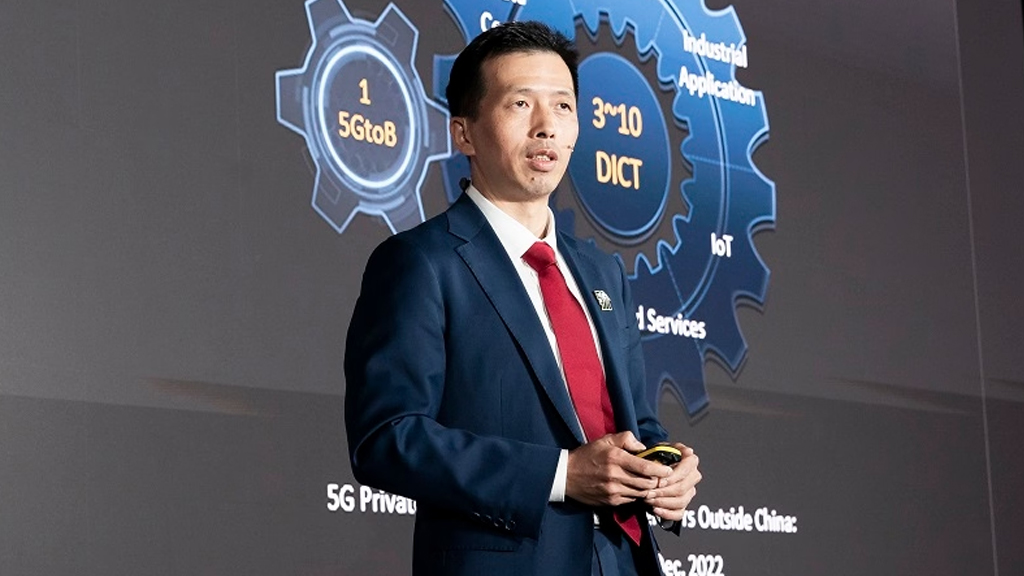News
3 years of 5G = 5 years of 4G, superfast deployment: Huawei

Today at MWC, Peng Song, President of Huawei ICT Strategy & Marketing said that the achievements made by 5G in its first three years are equivalent to those that 4G made in its first five years. This is a huge advantage for operators as they already began to enjoy this rapid and super-fast 5G deployment.
The latest revelation from Peng Song is a part of his keynote speech themed “Diverse Paths to 5G Monetization, Accelerating 5G Business Success” at MWC 2023 forum.
He further noted that the overall 5G penetration rate in the first three years is an overall counting of 4G in the first five years. On that, Operators reported over 20% 5G user penetration during the first round of deployment which turned into a massive growth in mobile revenue.
In the meantime, businesses based on 5G are diversifying more than in past years, opening even more ways for operators to earn positive success.
Huawei noted that fast migration of 5G users and traffic is the key: if an operator migrated 30% of traffic to 5G eMBB in three years, it would take less than four years to see ROI. This duration would be even shorter if the operator also deployed FWA and ToB services.
Therefore, 5G could cooperate with the success if the value could be further utilized in ToC, ToH, and ToB sectors.
ToC:
5G networks use powerful capabilities to provide a differentiated experience for different users. For example, operators can provide guaranteed downlink bit rates for VIP users and a good experience for uplink services.
ToH:
By the end of 2022, 95 operators had commercially launched 5G FWA services for more than 10 million home users. With its fast deployment, good experience, low cost, and high energy efficiency, 5G FWA sunsets old copper lines in developed markets and enables home broadband access in emerging markets. Operators in Europe, the Middle East, and Africa have reported outstanding results.
ToB:
Mr. Peng said that operators can set up extensive service connections with enterprises through 5G private networks, creating a market space for enterprise digital transformation that is three to ten times larger than the market for private networks themselves. This will also drive the sales of cloud, data center, F5G, and other value-added services. The current 5G ToB private network market outside China is developing rapidly. In 2022 alone, the total number of networks built doubled. This future potential is even bigger.
According to the GSMA and GSA statistics, by December 2022, more than 240 5G networks had been put into commercial use worldwide, over 1,700 different types of 5G terminals had been released, and the number of 5G users had exceeded 1 billion. In addition, the ARPU of the world’s top 20 operators had increased by 10%, which is 1% higher than the global baseline.

